The 17th century saw the Age of Reason and the Scientific Method developed in Europe, and along with it the rise of the asylum in the treatment of mental illness. Asylums were seen as a place to keep the mentally ill out of the way of the rest of society – unless that same society decided they wanted a laugh. At one point in Bethel Royal Hospital’s notorious history, the asylum was opened for public viewings, offering London’s citizens the opportunity to wander through areas of the asylum, unsupervised and with direct access to the patients, for two pennies each. In order to raise funds for the running of the hospital, “suitable” patients were displayed for the entertainment and mirth of whoever entered through the Penny Gates. As horrifying as this practice may seem to us today, when Bethlem closed its doors to the public in 1770, removing a certain level of public oversight of its treatment of its patients, the real horrors began.

Treatments such as lobotomy and electro-convulsive therapy are widely known, but there were many other “creative” methods the psychiatric practice used in treating mental illness, beginning in the 17th century up to the late 20th century. One treatment that became popular in the 1700s was the Swinging Chair, or rotational therapy. With this therapy, developed by Charles Darwin’s grandfather Erasmus, was based on his observations of children spinning themselves in order to induce vertigo, resulting in laughter. Darwin believed that this could work with an adult as well, and developed a “rotational chair,” where a person was placed in a chair, often with a box around that head or body to impede their sight, and then spun by hand until they experienced vertigo, sedation, nausea and vomiting or uncontrollable bowel movements. It was co-signed as a treatment by Dr. Benjamin Rush, the “Father of American Psychiatry,” and so rose to popularity in both the US and England. It was reportedly very effective – as a threat – in sedating unruly patients.

Another treatment that was widely used for the treatment of mental illness in the 17th and 18th centuries was the Bath of Surprise. In its original form, the Bath of Surprise was exactly like the Dunk Tank, except it was ice-cold water and an agitated mentally ill patient being dropped into it without warning. Again, an effective but deranged way of sedating patients. In fact, it was deemed so effective that it evolved into “hydrotherapy,” a practice of continuous baths, mummifying a patient in wet cloth or spraying the patient with water that continued late into the 20th century. With a continuous bath, the patient was basically strapped into a tub, with a canvas sheet covering the bath and just their head poking out. The bath could last for several hours to several days, ands most often used as a treatment for insomnia or depression and suicidal thoughts.

A hydrotherapy pack could be used with either cold or warm water, depending on the illness being treated. Cold water was considered effective in treating manic-depressive symptoms, or any agitated or excited behaviour in a patient. Patients were wrapped in sheets that were soaked in water and then wrapped around the patient mummy-style. The patient would lay wrapped in wet sheets for several hours.

The most brutal of the hydrotherapy treatments were the sprays. While they were compared to showers, they look more like a hosing down. The patient stood in a shower-like stall, sometimes strapped in for support, while an attendant used a hose or a spraying station to bombard the patient with either hot or cold water for several minutes at a time. While shorter than the other hydrotherapy methods, this one seems the most traumatizing and humiliating.


Over here in Canada, in 1895 the superintendent of the London Asylum in Ontario was a great advocate of gynaecological surgery as a method of treating female patients. He performed over 200 surgeries on women living at the London asylum, and claimed a high success rate in “curing” their mental illness. Things like removing and replacing their uterus in “proper alignment,” performing a hysterectomy, removing ovaries or removing lesions on the cervix or vaginal walls were done in order to improve the patients’ mental health, and although gynaecological surgery was practiced in some other asylums for the same reasons, the idea that a misaligned uterus was the cause of a woman’s mental illness never really caught on. But the idea that the body of a mentally ill person was fodder for experimentation just became more and more popular in psychiatric treatment.

Confinement has always been a popular way to deal with psychiatric patients who are experiencing a breakdown. Confines have ranged from chains to cages to straightjackets, but the most terrifying of all was the Utica Crib, popularized in the United States in 1846 through its use at the New York State Lunatic Asylum at Utica. It was similar to a crib but with way less space and a caged lid, and for adults. The patient would be laid in the narrow and cramped crib, and locked in it for hours in order to sedate them. Patients who were thrashing around in the crib would often come out very quiet and well-behaved, but it fell out of favour when the Sunday Herald published an interview with New York Dr. William Hammond, who was famous for his advocacy to remove restraints from psychiatric treatment. Dr. Hammond was quoted as describing the Utica crib as a “barbarous and unscientific instrument,” stating:
It is a bed like a child’s crib, with slatted sides, eighteen inches deep, six feet long and three feet wide. It has a slatted lid which shuts with a spring lock. A lunatic put in it can barely turn over. There is not as much space between the patient’s head and the lid as if he were in a coffin. He is kept in the crib at the will of an attendant, the key being in the possession of the latter and not of a physician. Patients have sometimes died in these cribs.
He suggested that a padded room would be a much more effective choice for confinement purposes. And we all know how well those have gone over in popular culture.

While it’s easy to look at the past of psychiatric treatments with horror and revulsion, today we’ve mostly replaced these treatments with pharmaceuticals that do the same things. Many of the prescribed drugs are addictive or harmful to the patient, and it’s very possible that in another couple of hundred years we’ll be looking back at today’s methods, judging them with the same harsh hindsight. maybe by then we’ll have returned to the methods used by ancient societies in Egypt or aboriginal practices, which involved acceptance into society, effectively using music, dance and art therapies millennia before western psychiatry ever tried them. Mental illness has always been a mystery to those who don’t suffer from it, but hopefully our future selves will have a better idea of how to handle it.

Sources:
https://www.warner.rochester.edu/blog/warnerperspectives/?p=756
https://www.lib.uwo.ca/archives/virtualexhibits/londonasylum/
http://www.gutsandgore.co.uk/infamous-asylums/bethlem-royal-hospital/
https://en.wikipedia.org/wiki/Bethlem_Royal_Hospital#Public_visiting






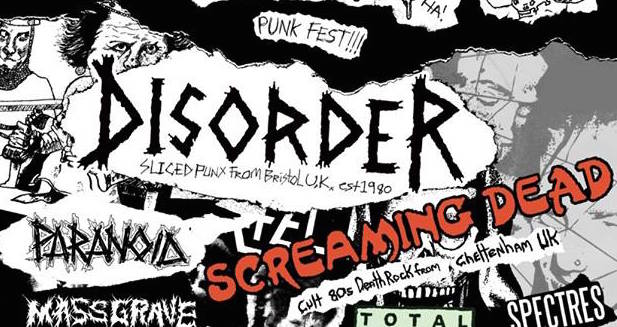


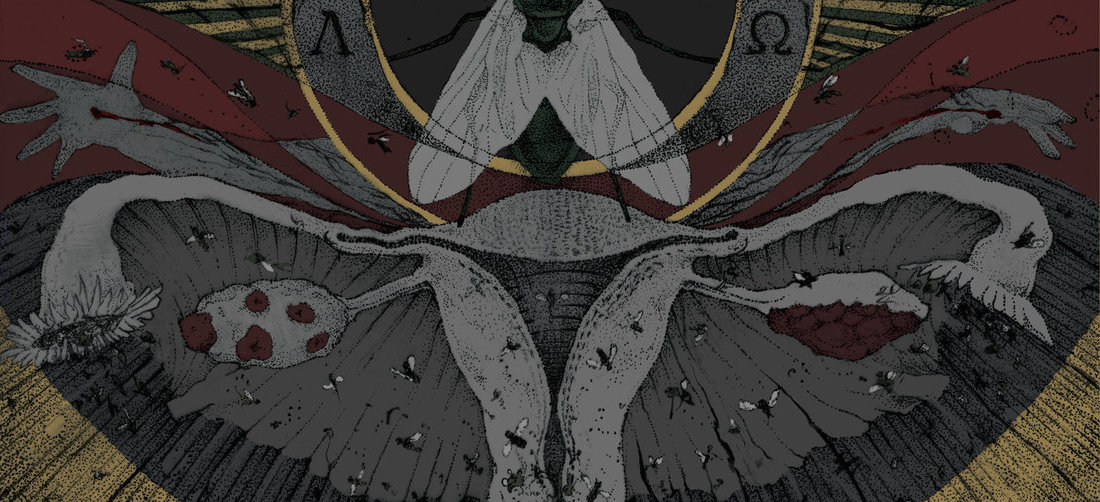

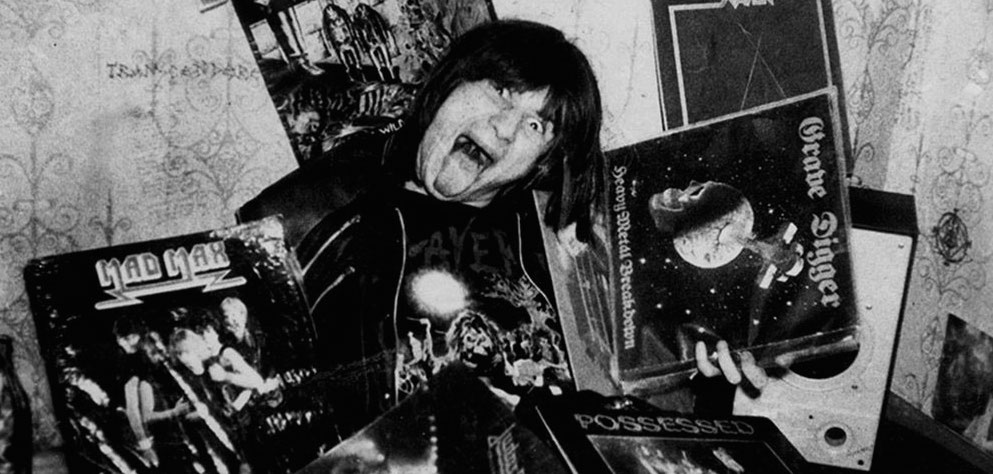

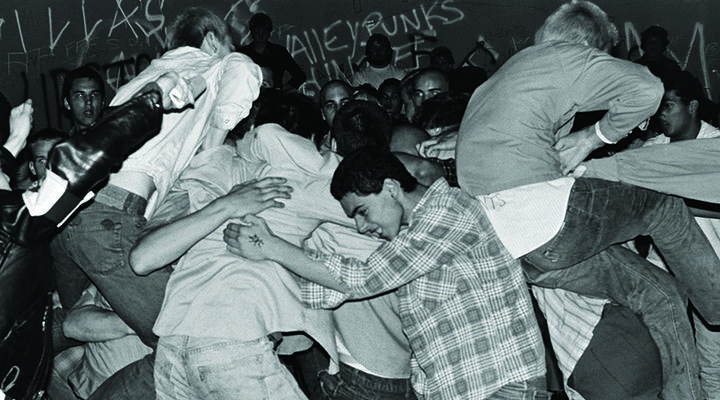







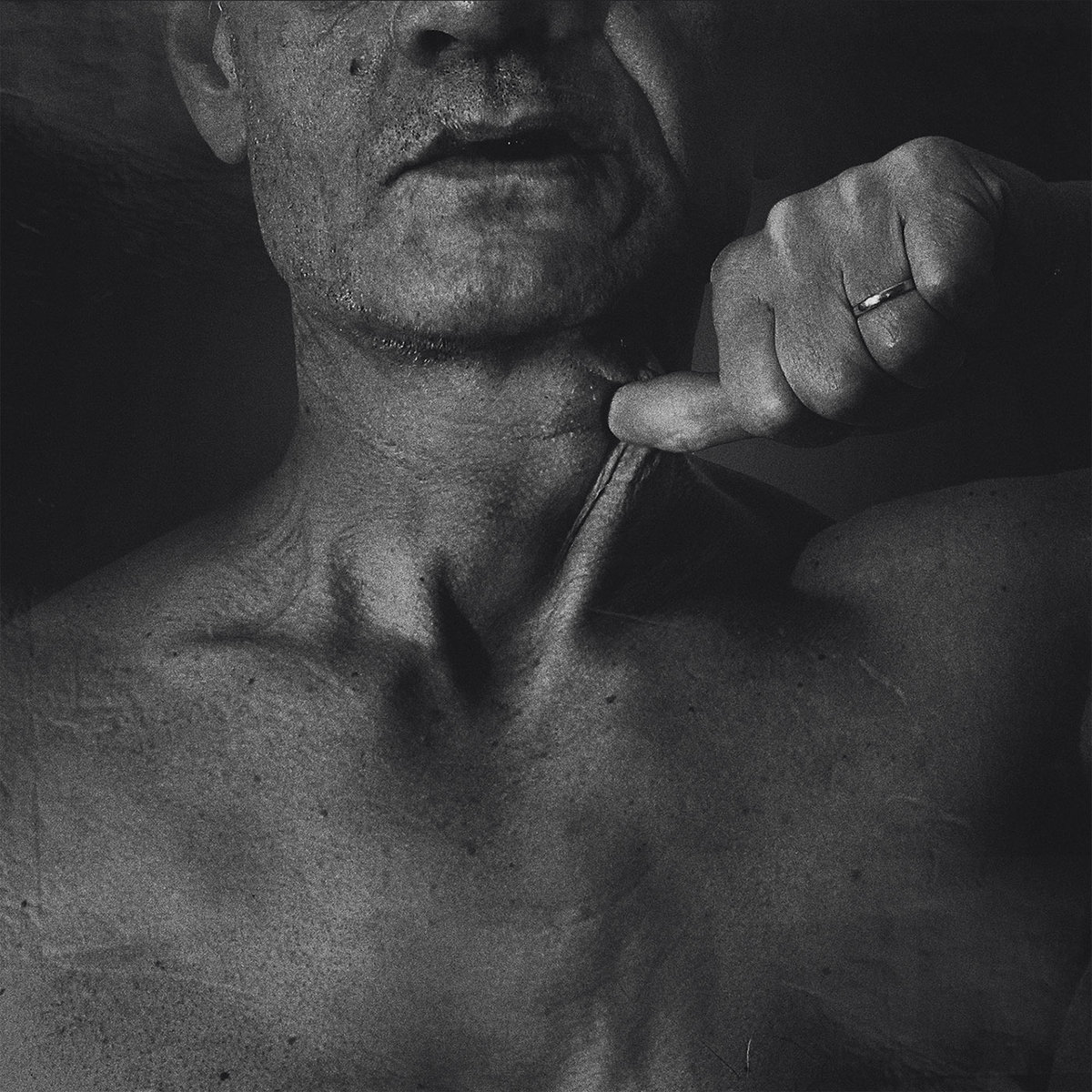

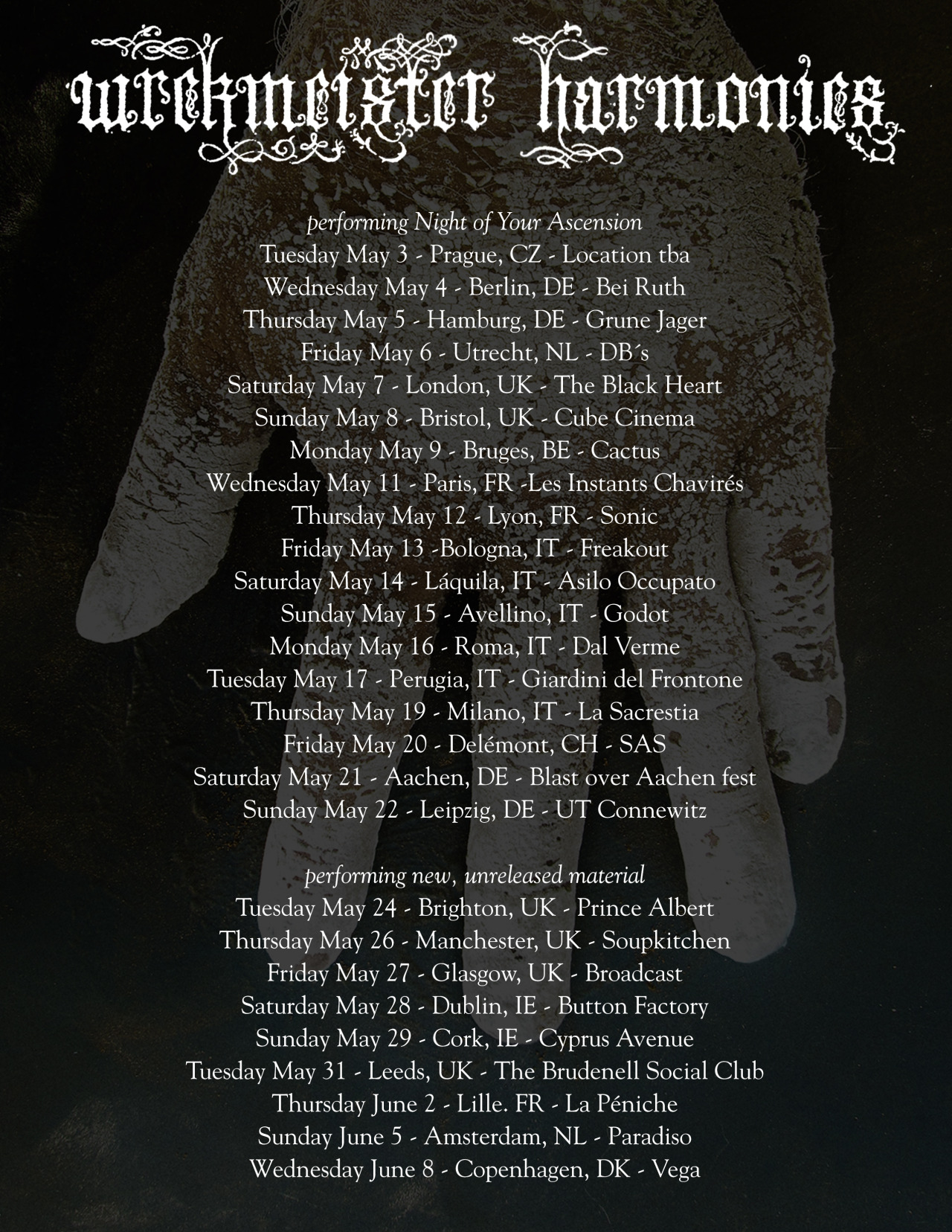




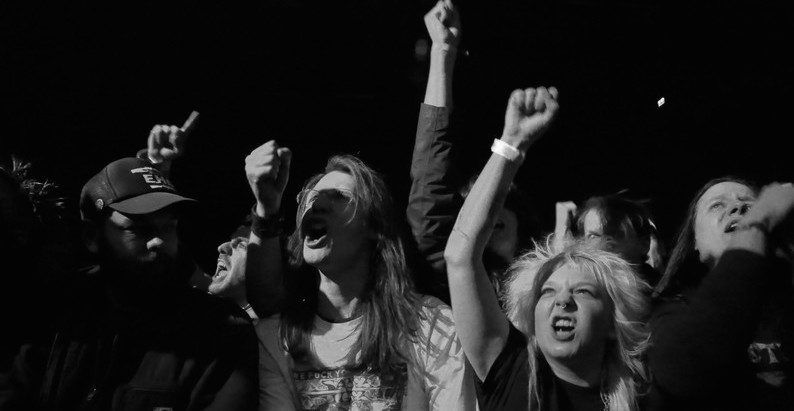
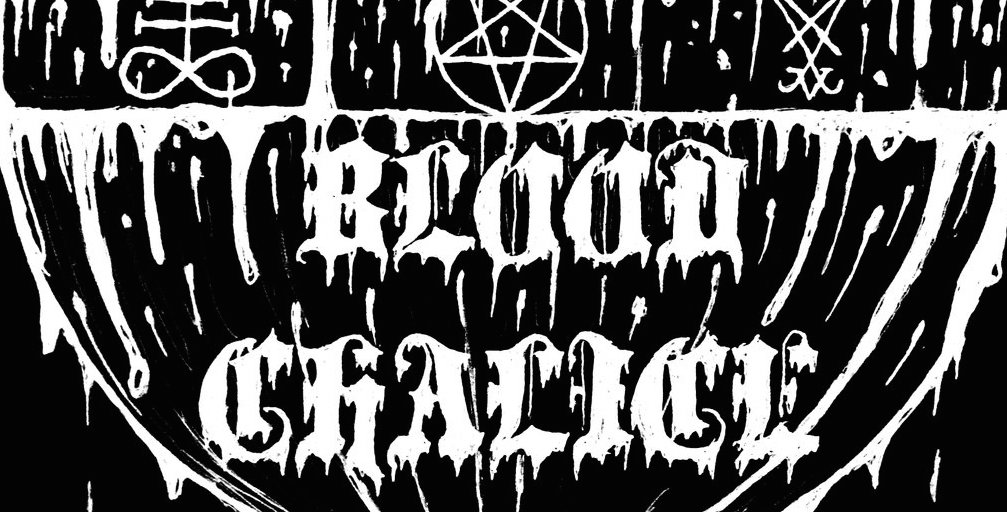





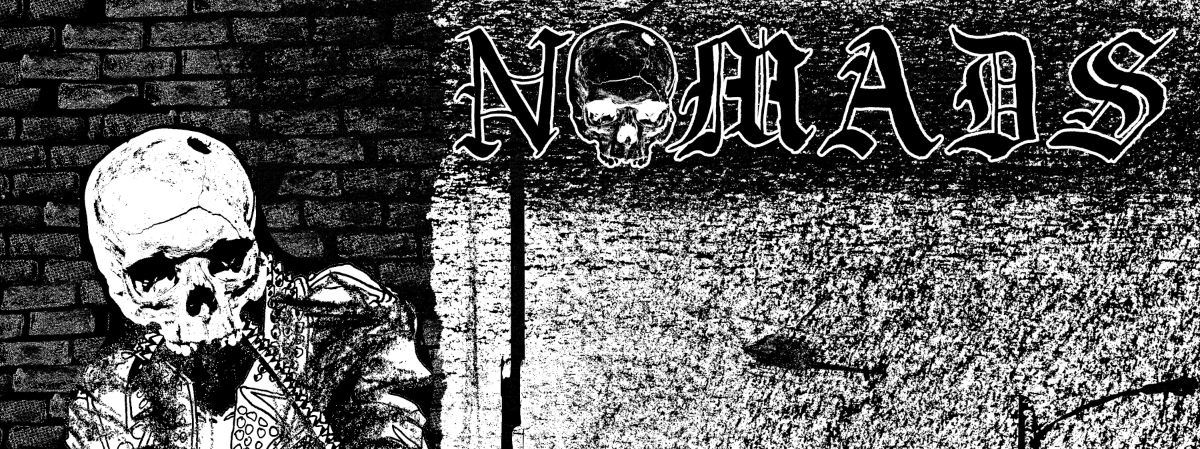


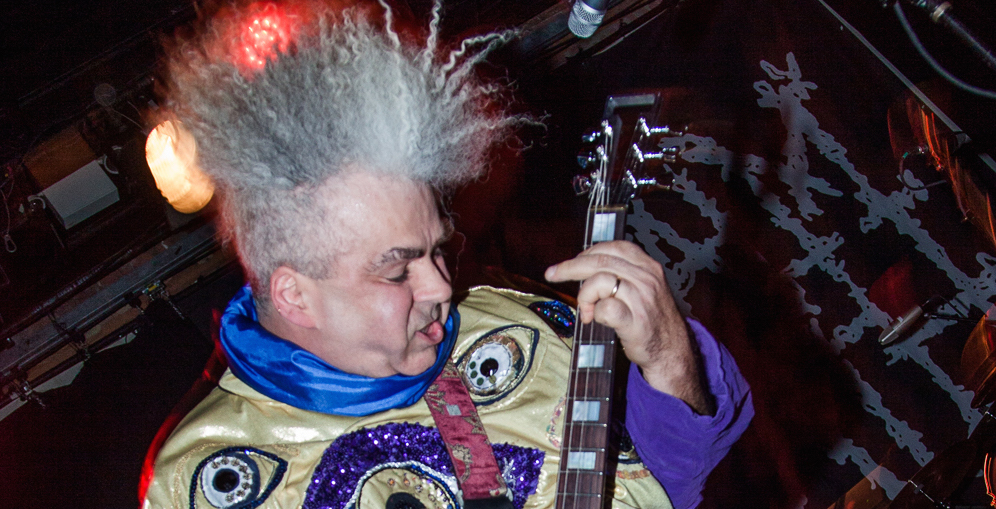


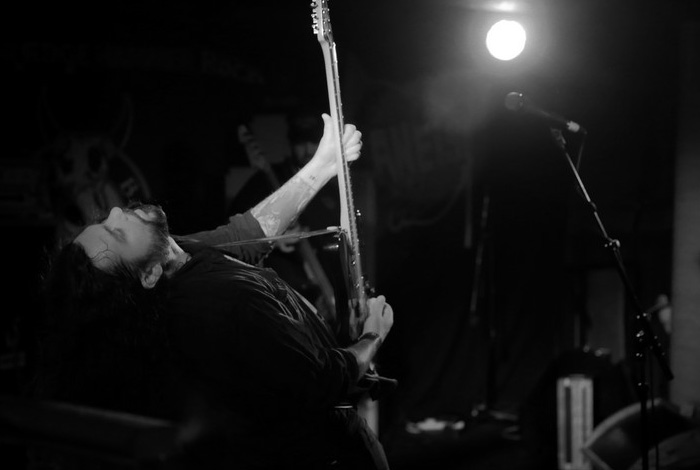
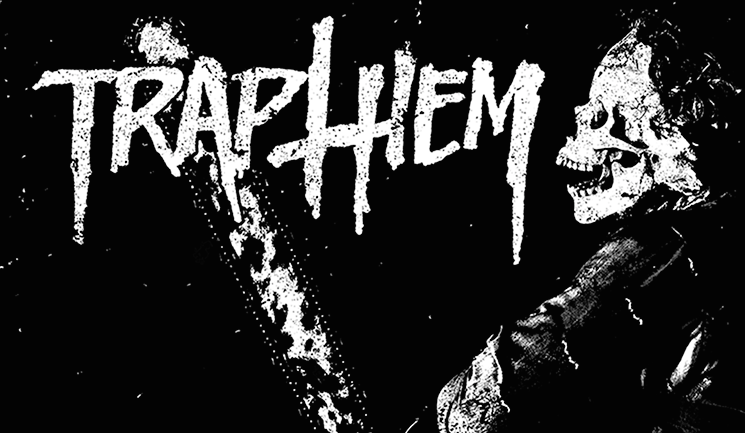



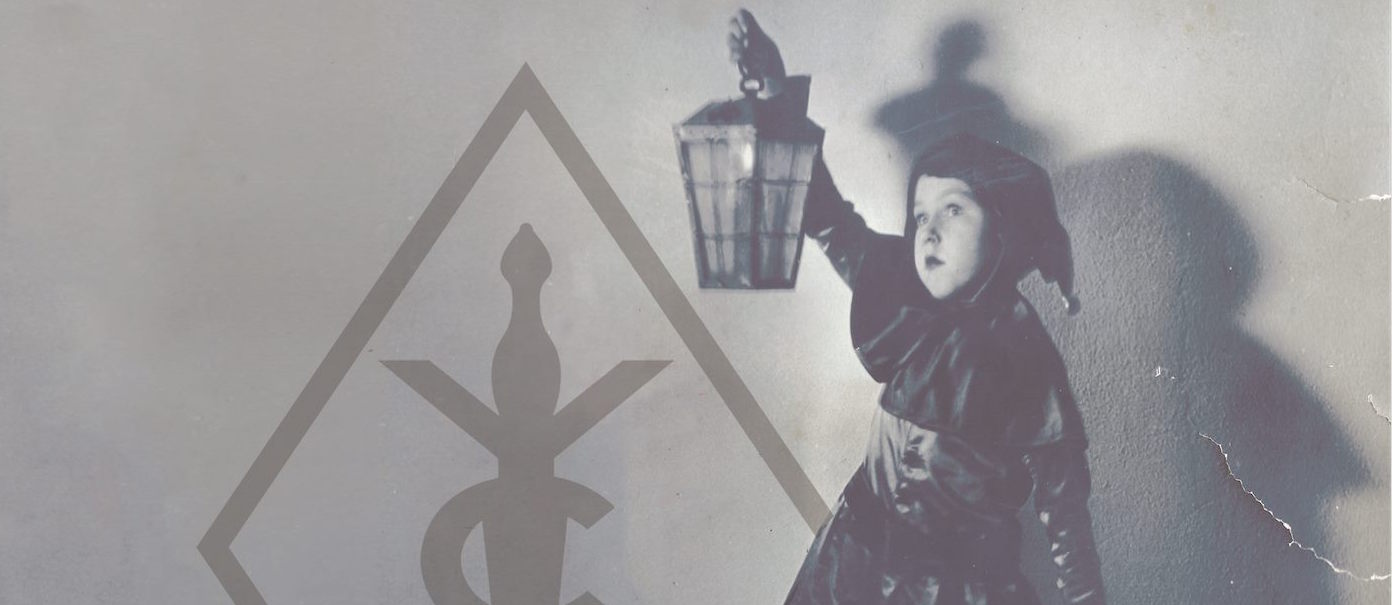



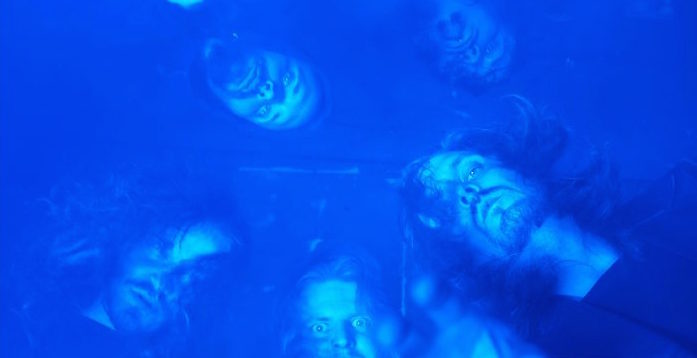





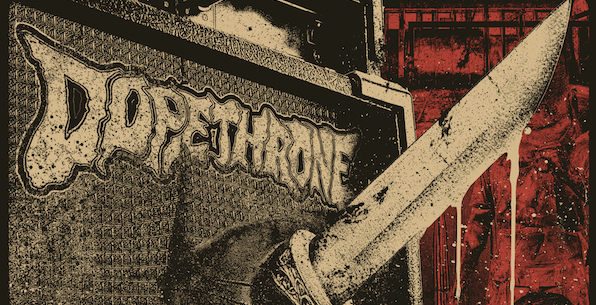



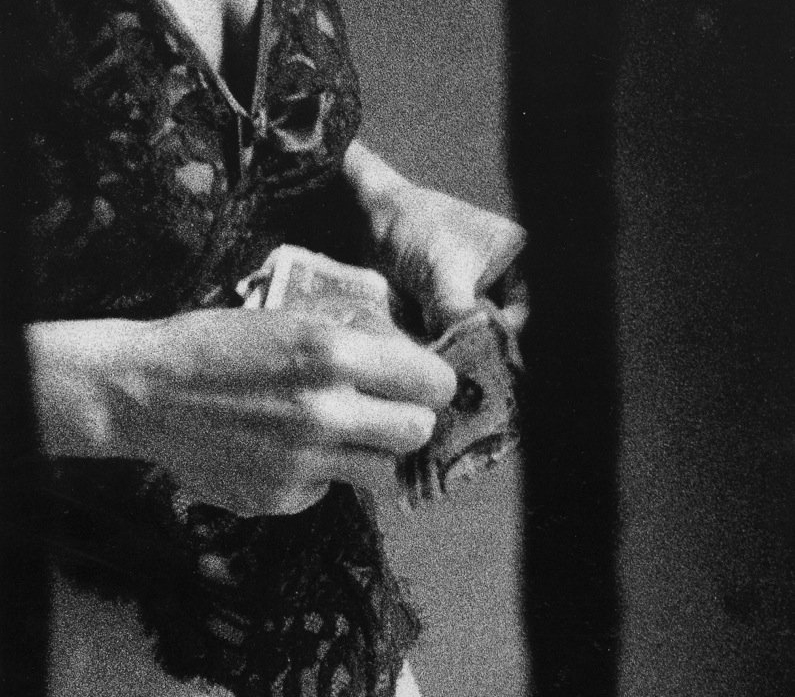



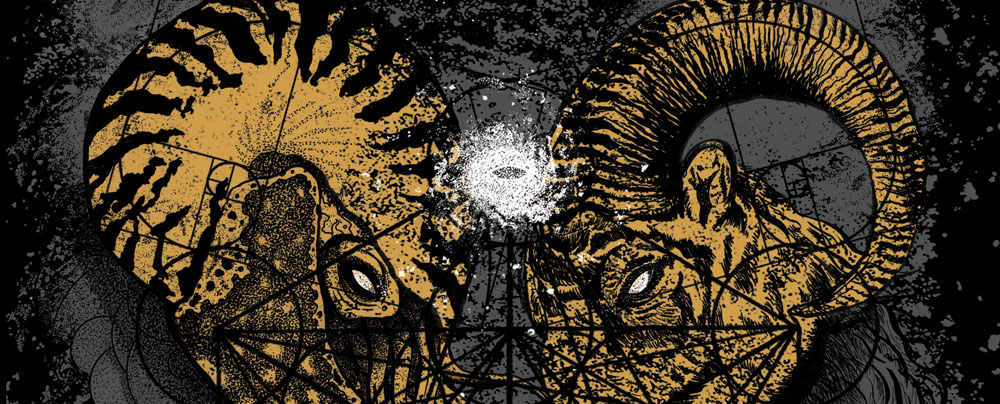








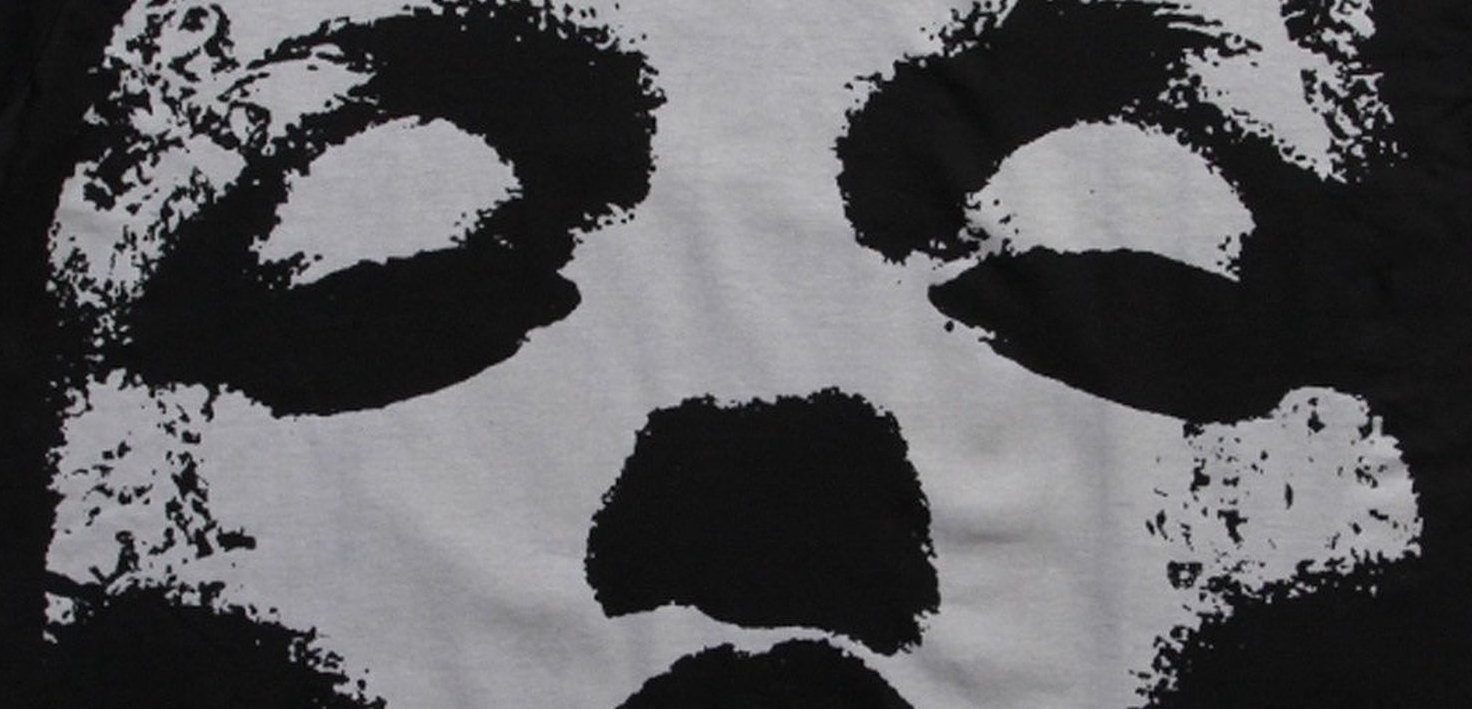


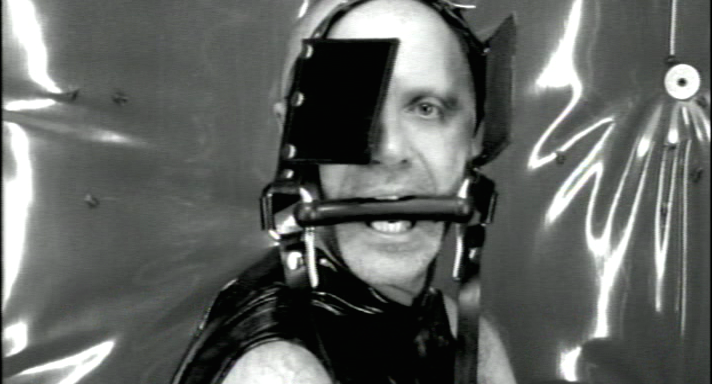










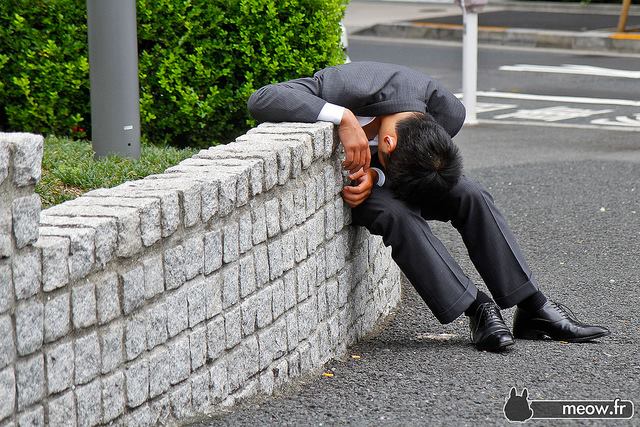











Guppusmaximus
January 28, 2016 at 11:30 am
Predictable. Those people who never had to deal with mental illness are usually the first to demonize Medicine. There are risks (and possible side effects) to any type of supplement, vitamin or drug you consume. Because the current treatments have to be effective enough for such complex illnesses it’s not surprising that the risk would increase greatly. However, your statement that these modern effective treatments are just as inhumane as the torturous methods of the past reveals your complete ignorance on the topic.
It’s blatantly obvious to see throughout history that holistic & alternative medicines DO NOT work. Sure, methods of relaxation, meditating, yoga, exercise, etc might relieve some symptoms temporarily but none of that is going to cure the illness.
“You know what they call alternative medicine that’s been proved to work? – Medicine.”
― Tim Minchin
Rodney Perrin
January 28, 2016 at 2:12 am
Toni-Anne. 🙁
Toni-Anne Deas
January 28, 2016 at 2:21 am
🙁 we actually did an assignment on this in first year. I am a great advocate for encouraging acceptance and showing love and compassion for these individuals, I also think that a hug every now and again wouldn’t go amiss!!!
Rodney Perrin
January 28, 2016 at 2:25 am
Defo.
Ana Gallegos
January 27, 2016 at 1:37 pm
season 5 of Boardwalk Empire revisits this treatment, I first thought the scene was a day spa, had to <<fast backward to the scene again…
Nik Øvstaas
January 27, 2016 at 1:06 pm
A 3 day bath sounds amazing.
Anx
January 27, 2016 at 8:03 am
Lol today’s medication is not at all comparable to how horrible these barbaric methods are, especially if you take the right ones.
Paulina Fiura Caradura
January 27, 2016 at 7:02 am
With all due respect, you don’t cure severe mental illness that involves complex neurological mechanism with just “acceptance into society, effectively using music, dance and art therapies” That helps, but doesn’t do shit for a psychotic episode or a bout of mania. Just saying
Victoria Chakal
January 27, 2016 at 8:13 am
True. Also bringing up the example of Native societies or ancient Egypt is kind of bull – we live in a different society, that breeds different varieties of mental illness. I’m all for holistic medicine, integration over segregation, and embracing over repressing, but they need to be used in conjunction with other types of treatment – including medication if need be.
Paulina Fiura Caradura
January 27, 2016 at 8:33 am
Exactly! I am also for holistic medicine, even spirituality and meditation. But in conjunction with what a professional might think is necessary. I also think it’s kind of touchy to say that “pharmaceuticals do the same thing [psychiatric treatments with horror and revulsion]”. Some people are reluctant to take their medication (in cases of schizophrenia, for example) and when they read that, they feel it’s ok to do it.
Ones Inter
January 27, 2016 at 1:14 pm
What is a mental illness but any idiosyncrasy or deviancy that is apart from cultural norms?
And doesn’t psychiatry operate as to facilitate the destruction of the individual to align with cultural norms for the sole sake of social stability?
If we accept these axioms, then the psychiatry you describe is nothing more than phenomenal atypical societal abuse that you would require individuals to submit themselves to. Why shouldn’t the schizophrenic reject this abuse and assert their idiosyncrasy? To serve the autonomous will of the collective at the cost of the autonomous will of the individual (as Todorov speculated concerning the use of science to determine what makes a “valid” human experience.) Despite what you justify with your ideology, it is entirely ok for them to resist medication – with lethal force if required, in the same way self-defence is justified. And I know that entire concept probably scares the shit out of you, it does for most people.
Furthermore, if we deny those philosophical axioms that can be used to fully denounce the entire practice, there still is more empirical and historical criticisms that can thrown at this entire topic.
What exactly do these medications do in a complex system ? Does the function of depression result from problems with neurogenesis or neurotransmitters? Guess what? We don’t know! We have progressed from Monoamine oxidases to hippocampus neurogenesis theories of depression in every little time and with little solid evidence supporting every prozac along the way. (Prozac incidentally is 3-4x more likely to work as a placebo more than anything else, with an efficacy at around 10% on the more positive studies. )
It also ignores other empirically prescient issues as to the nature/nurture debate. Is the neurological changes the natural result of the brain compensating for circumstances until it cannot cope or the brain simply malfunctioning as it is almost universally implied
The is also increasing evidence that mental illness is caused by malignant societal structures – and there are numerous experimental examples to pull from from developmental stages alone. Childhood mathematics education impedes intellectual development across all subjects. Children who are more constantly monitored by adults are far more (even exponentially more) likely to develop mental illnesses at astounding rates, etc. etc.
In this way it can be stated that because society has damaged some individual, those individuals must be forced to level themselves for society – for society to step on the backs of the bruised.
Finally, if, also, old Egypt and other archaic societies are not worthy of discussion, what about Germany in the 1920’s-40’s where psychology found itself legitimized by a government with the1941 Diploma Examination
Regulations, which still serve as the basis for the professional qualifaction exams used for the field.
The society here in question operated as I have previously described with the science conforming the culture and quite literally acted to destroy those it deemed to be mentally ill. The holocaust essentially began in academia. – What exactly is the difference between the J-type dissolution pattern and the S-type dissolution pattern?
There is very little reason to assume that the fundamental nature of the psychological fields have changed significantly in the aspect of cultural influence and this assumption can be further supported with the works of people like Dr. Ewen Cameron.
Certainly, times have changed and mental illness is the product of the intricacies of new modern culture. Why and how is perhaps a question worthy of asking. Furthermore, how does it justify such blatant dismissal?
Paulina Fiura Caradura
January 27, 2016 at 5:45 pm
Have you ever suffered from severe mental illness? Have you ever witnessed someone you love accusing you of hiding cameras in his cereals and spying on him through the walls? Yeah, right, it seems pretty much like ” idiosyncrasy or deviancy that is apart from cultural norms” and my only wish was the “destruction of the individual to align with cultural norms for the sole sake of social stability” Come one, your academic bullshit sounds really nice in a lecture room, but outside of it, it rings hollow
Ivácson András Áron
January 27, 2016 at 1:32 am
Michel Foucault’s Madness and Civilization, The History of Madness in the Age of Reason and The Birth of Clinic all detail various forms of these “cures” and treatments and their underlying power structures. Highly recommended books.
Victoria Chakal
January 27, 2016 at 2:26 am
Yas! Foucault is the shit.
Ivácson András Áron
January 27, 2016 at 2:27 am
He was one mean, bad motherFoucalt. 😀
Ones Inter
January 27, 2016 at 6:46 am
Also recommend Deleuze’s Capitalism and Schizophrenia: Anti-Oedipus and A Thousand Plateaus
Ivácson András Áron
January 27, 2016 at 6:48 am
I recently re-read Anti-Oedipus, which is probably my all time favorite philosophy book and also recently managed to acquire a Thousand Plateaus. Can’t wait to be done with work and exams for MA and what not and just be able to delve into it.
Ones Inter
January 27, 2016 at 1:36 pm
I’ve actually not read either of their works yet. I had thoughts and as I wrote with those thoughts down in discussions, I found that we shared some similar concepts, but independently developed (or perhaps I have been discretely influenced by their thoughts through culture.) Amazon has yet to deliver me these books.